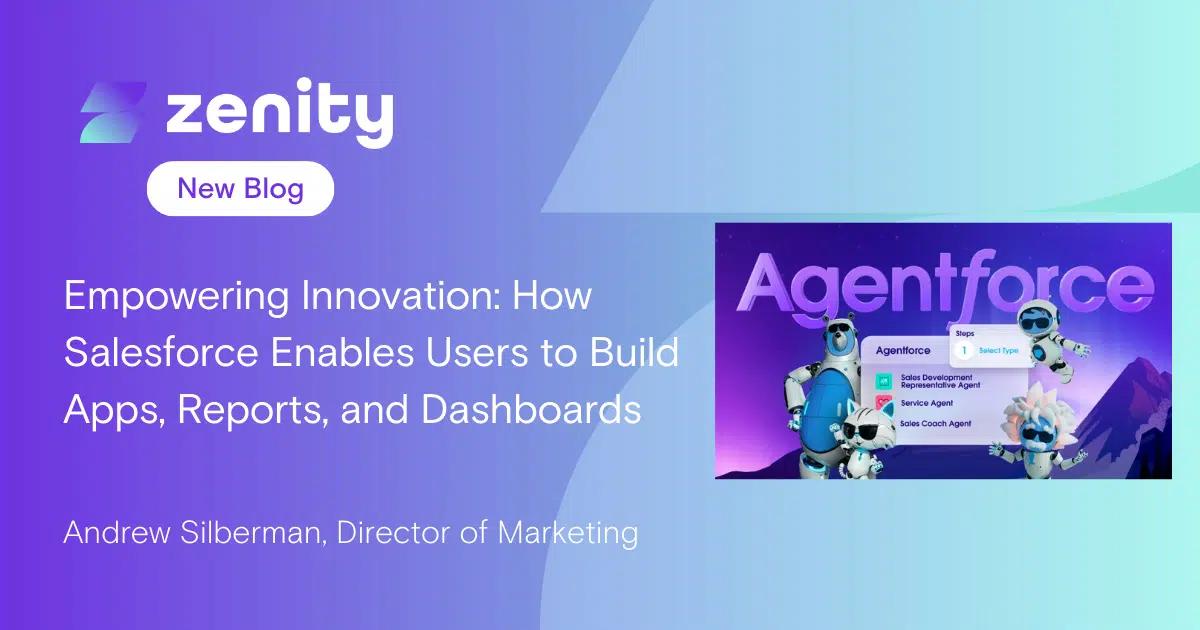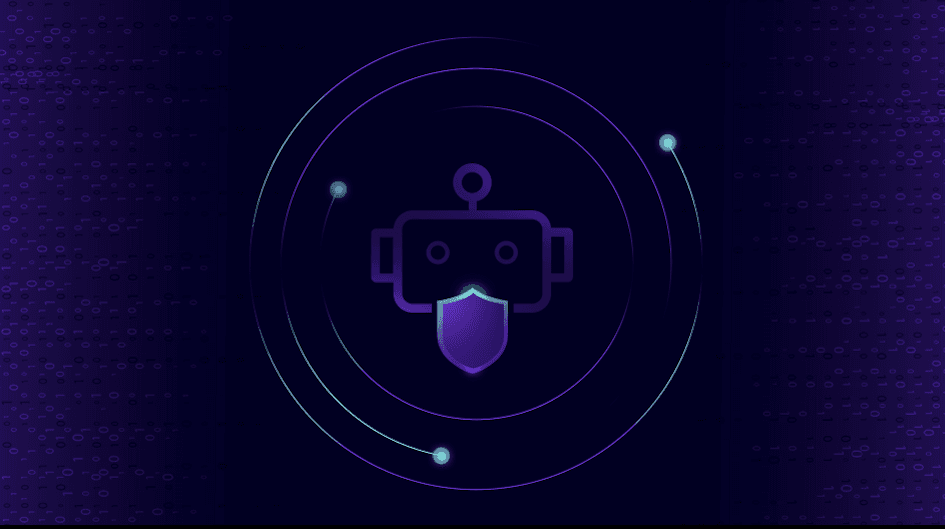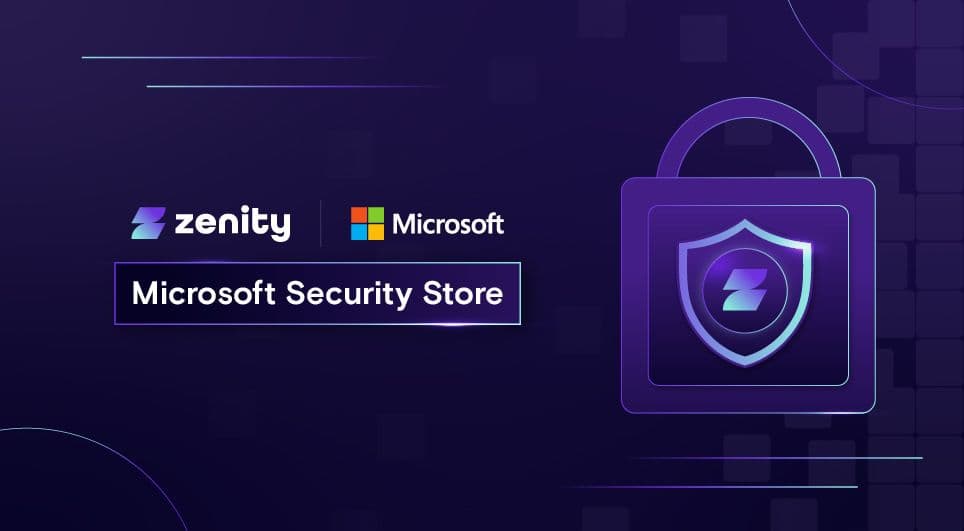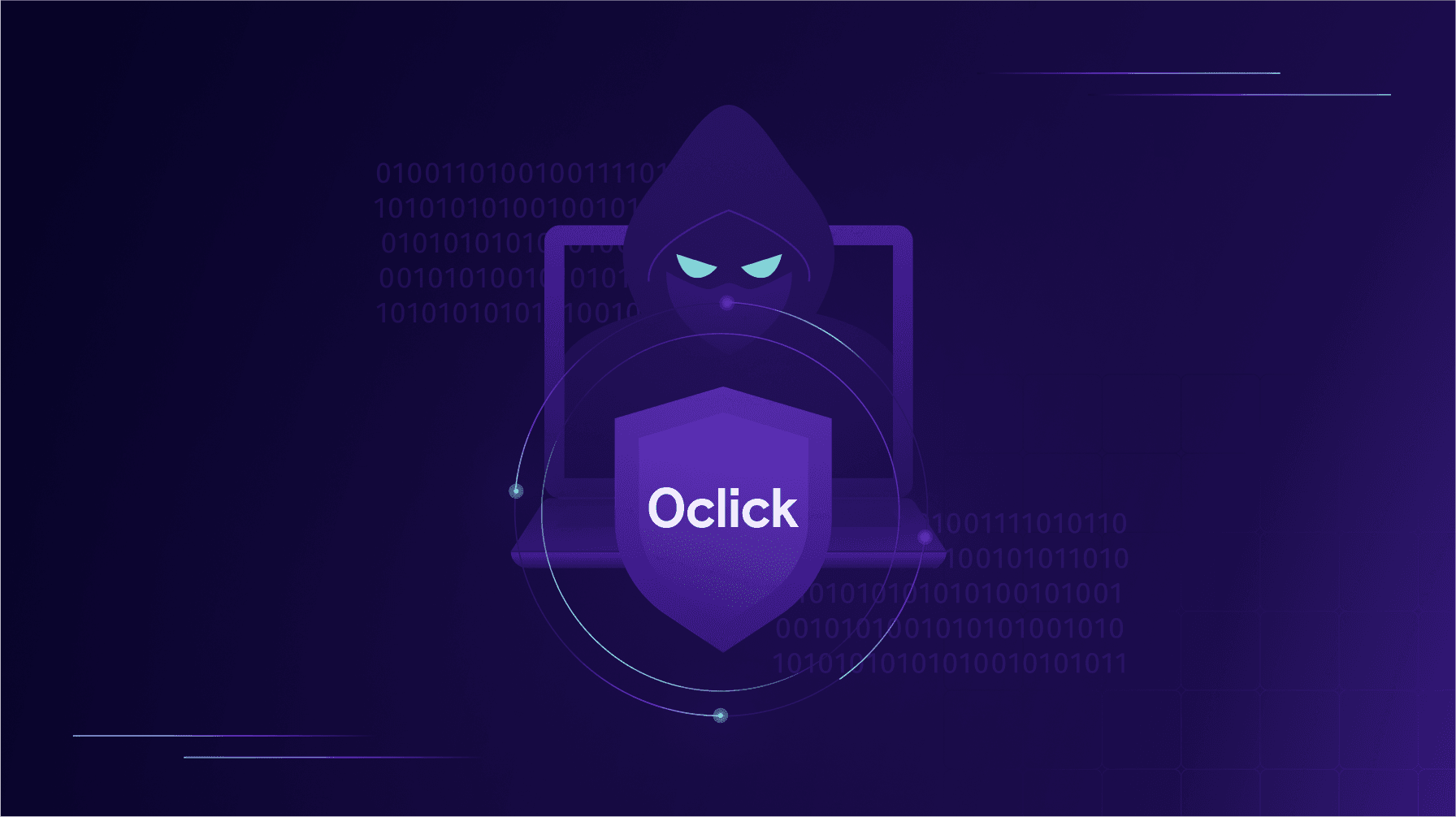Empowering Innovation: How Salesforce Enables Users to Build Apps, Reports, and Dashboards

Salesforce has revolutionized the way businesses operate by providing a robust platform that empowers anyone to harness customer and enterprise data and build their own applications, reports, and dashboards. With Dreamforce 2024 just around the corner, the CRM pioneer is now talking more and more about the use and construction of autonomous AI, highlighting within their Einstein One platform both Salesforce Service Agents and a new tool they are calling Agentforce, where people can build their own AI agents. This democratization of technology in the umbrella of Salesforce low-code and enterprise copilots, allows even less-technical users to create powerful tools tailored to their specific needs. Further, the company is talking almost exclusively about autonomous AI as a new frontier for business enablement. However, there is no free lunch. This ease of use also comes with its own set of challenges, particularly in terms of security and configuration management.
The Power of Enterprise Copilots and Low-Code Development
Salesforce’s low-code platform is designed to be user-friendly, enabling users to drag and drop pre-built components to build applications without needing extensive coding knowledge. Within Einstein, their enterprise copilot, end users can also use natural language to prompt AI to gather and process data, perform tasks, and more. Salesforce also has spun this out to AI agents, which can act on our behalf. More on this in a minute.
This accessibility of such powerful technology is a game-changer for businesses, as it allows for rapid development and deployment of solutions. Users can create custom reports and dashboards to visualize data in ways that are most meaningful to them, driving better decision-making and operational efficiency.
However, the very features that make Salesforce so accessible also introduce new risks. Less-technical users may not be familiar with best practices in software development, leading to potential misconfigurations. Unlike traditional software development, which follows a structured Software Development Lifecycle (SDLC), the ad-hoc nature of low-code development can result in inconsistencies and vulnerabilities; which is multiplied as more, less-technical users are behind the wheel.
There’s also the notion of interacting with Salesforce autonomous AI via agents, copilots, and bots, such as Salesforce’s Service Agents. Service Agents can handle complex tasks, handle customer cases and returns, and loads more, using Generative AI that is grounded in organizational data. This allows enterprises to capitalize on efficiencies and let humans handle other tasks that cannot be automated, and provides better end user experiences as opposed to the static chatbots which more often than not result in endless loops that go nowhere and frustrate people.
The Security Challenge
Security is a critical concern, especially when it comes to Salesforce which contains sensitive customer, internal, inventory, and more information that must be safeguarded and not exposed to leaks. While Salesforce provides robust security features at the platform level, such as Multi-Factor Authentication (MFA) and access controls, these measures do not necessarily extend to the custom applications, reports, and dashboards that users create. Further, native security controls are focused on Salesforce’s portion of the shared responsibility model, and are not purpose-built to understand the business logic of each application, report, or automation that people are building. There also will likely be questions about what Salesforce is doing towards securing autonomous AI.
Security teams need to be vigilant about what is being built on the platform. Misconfigurations can lead to data breaches, unauthorized access, and other security incidents. Security Posture Management (SSPM) tools typically focus on high-level security measures but may overlook the granular details of custom-built components. This oversight can leave organizations vulnerable to attacks.
Looking Ahead: Dreamforce and the Future of AI
As we look forward to Dreamforce, Salesforce’s annual conference, the focus is shifting towards the future of AI and autonomous agents. Salesforce is set to unveil updates to its Einstein One platform, which leverages AI to handle customer support, sales motions, and more. This platform promises to enhance efficiency and customer satisfaction but also introduces new risks, such as prompt injection and data poisoning.
Salesforce is also making a lot of noise about Agentforce, seemingly an extension/evolution of Salesforce Agent Studio, that will allow anyone to build their own AI agents. As Marc Benioff himself stated, “Our intelligent platform includes an advanced workflow engine… automating trillions of tasks…. We need to make this technology accessible to non-programmers.” This democratization of AI development aligns with Salesforce’s vision of making advanced technology accessible to everyone; not just programmers and developers. However, it also means that security teams need to be more proactive in monitoring and managing these AI agents as well as their use.
The Risks of Autonomous AI
The rise of autonomous AI agents presents unique challenges for security teams. These agents can process and act on data in real-time, making them powerful tools for businesses. However, they also introduce new attack vectors. For example, prompt injection attacks can manipulate AI agents into performing unintended actions, while data poisoning can corrupt the data that these agents rely on.
Security teams need to be aware of these risks and implement measures to mitigate them. This includes regular audits of AI agents, monitoring for unusual behavior, and ensuring that data used by these agents is clean and reliable. The ability to build and deploy AI agents quickly is a double-edged sword, offering both opportunities and risks.
Conclusion
Salesforce’s low-code platform and upcoming autonomous AI innovations like Einstein One and Agentforce are transforming the way businesses operate. By enabling less-technical users to build their own applications, reports, and soon, AI agents, Salesforce is driving innovation and efficiency. However, this democratization of technology also introduces new security challenges.
As we move towards a future where autonomous AI plays a central role in business operations, security teams must adapt to this new landscape. They need to be vigilant about what is being built on the platform and how it is being used. By doing so, they can ensure that the benefits of these powerful tools are realized without compromising security.
Dreamforce will undoubtedly provide more insights into Salesforce’s vision for the future, including lots of innovations around Salesforce autonomous AI. As we embrace these advancements, it is crucial to balance innovation with security, ensuring that the tools we build today are safe and reliable for tomorrow.
All ArticlesRelated blog posts

Demystifying AI Agent Security
Let me be the first to say it, this space - AI agent security and governance - can be confusing. When I joined...

Zenity Joins the Microsoft Security Store: Securing AI Agents Everywhere, Together
We’re thrilled to share that Zenity is included in the unveiling of the Microsoft Security Store Partner Ecosystem....

0Click Attacks: When TTPs Resurface Across Platforms
If there’s one lesson security teams should take from recent disclosures, it’s this: AI agent attack techniques...
Secure Your Agents
We’d love to chat with you about how your team can secure and govern AI Agents everywhere.
Get a Demo